Little Bighorns
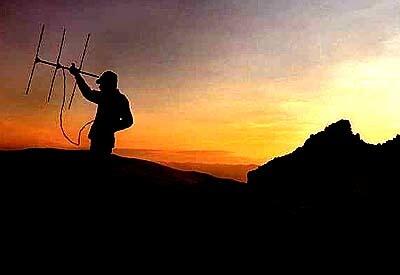
Wildlife researcher Jon Mionczynski keeps track of bighorn sheep by listening to radio signals from their collars. “I have the best job in the world,” he says. (ANACLETO RAPPING / Los Angeles Times)
Little Bighorns
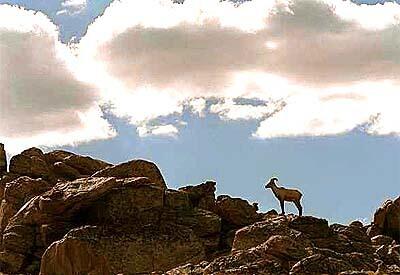
A bighorn looks out from a ridge on Middle Mountain, where lack of selenium in plants is believed to be harming lambs. (ANACLETO RAPPING / Los Angeles Times)
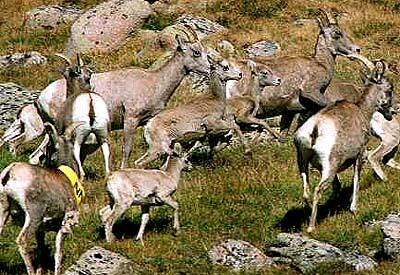
Scientists were baffled as to why ewes were taking lambs on long treks through dangerous areas to mineral licks. (ANACLETO RAPPING / Los Angeles Times)
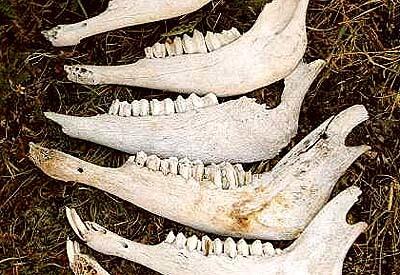
Jawbones of dead sheep found on Middle Mountain. (ANACLETO RAPPING / Los Angeles Times)
Advertisement
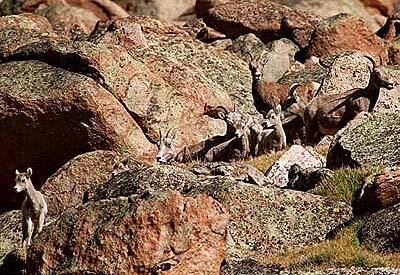
A group of ewes and young lambs find shelter among the rocks on Middle Mountain. (ANACLETO RAPPING / Los Angeles Times)
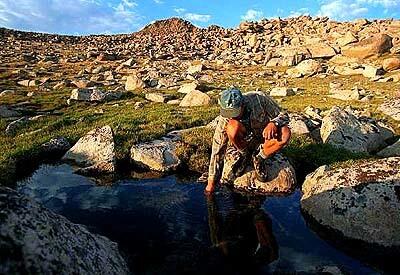
Researcher Jon Mionczynski stops to fill his water bottle in a small creek of snowmelted water on Middle Mountain. (ANACLETO RAPPING / Los Angeles Times)
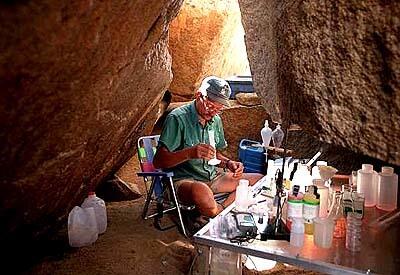
Researcher Jon Mionczynski has been tracking the sheep, doing soil and rainwater chemical analysis on Middle Mountain in Wyoming. (ANACLETO RAPPING / Los Angeles Times)
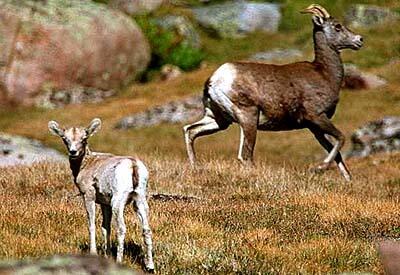
The herd, which used to number about 1,250, dropped by 30% in two years during the early 1990s and never recovered. Since then only about two out of every 10 lambs have survived (ANACLETO RAPPING / Los Angeles Times)
Advertisement
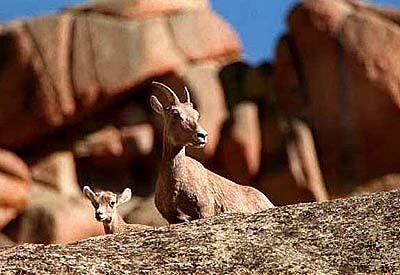
A ewe with her young lamb peers from behind large boulders. (ANACLETO RAPPING / Los Angeles Times)
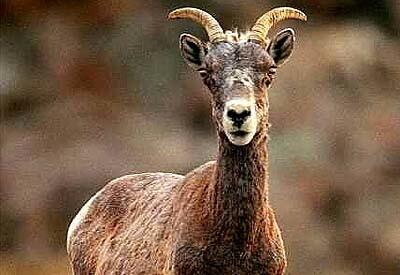
A barren ewe looks out from from a rocky ridge. (ANACLETO RAPPING / Los Angeles Times)



